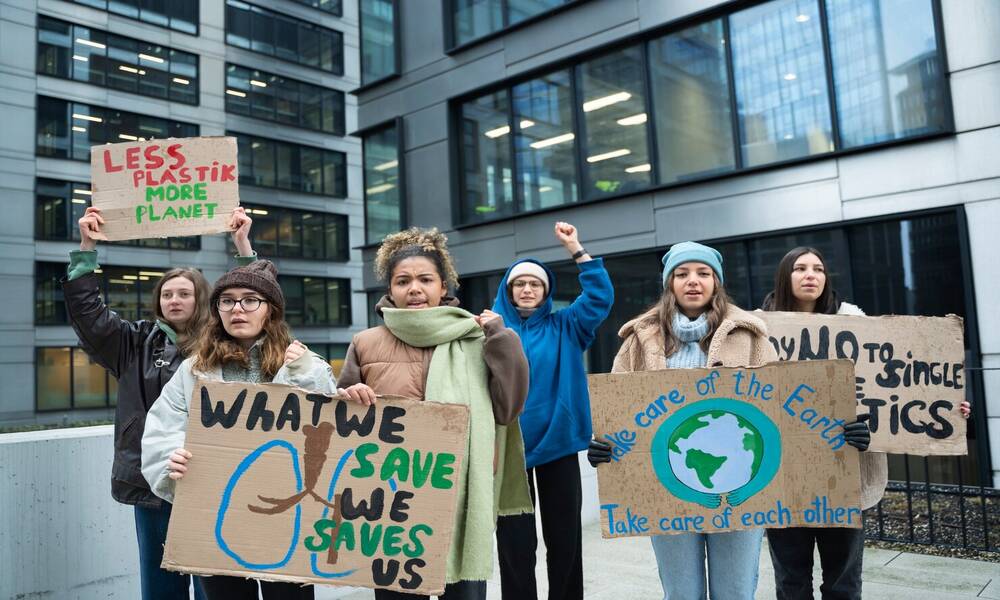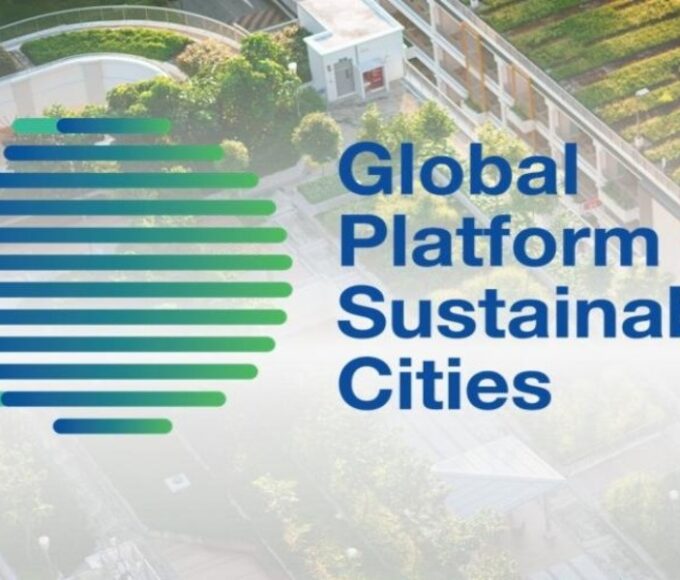Copenhagen’s Commitment to Carbon Neutrality

Copenhagen, the capital of Denmark, has set ambitious goals to become the world’s first carbon-neutral capital by 2025. This commitment is part of the city’s broader environmental strategy to reduce its greenhouse gas emissions and lead by example in the global fight against climate change. Copenhagen’s vision for carbon neutrality is centered around a combination of renewable energy, innovative technology, sustainable urban planning, and strong political will. The city is not only focusing on reducing emissions within its borders but also strives to serve as a model for other cities worldwide, showcasing how sustainability and urban development can go hand in hand.
1. The Path to Carbon Neutrality
Copenhagen’s journey toward carbon neutrality began years ago, with the city setting clear targets for emission reductions. By focusing on energy efficiency, renewable energy sources, and low-carbon technologies, the city has made significant progress. Copenhagen has already reduced its CO2 emissions by more than 40% since 1990, and its long-term goal is to achieve carbon neutrality by 2025, five years ahead of many other major cities.
The roadmap to carbon neutrality involves reducing emissions across various sectors, including energy production, transportation, waste management, and the building sector. The city’s approach combines innovative technology, policy interventions, and a strong partnership with businesses and citizens.
2. Renewable Energy and Energy Efficiency
A major pillar of Copenhagen’s plan to become carbon-neutral is its transition to renewable energy. The city has invested heavily in wind and solar power, which now provide a substantial portion of the city’s energy needs. In fact, Copenhagen is already powered by wind energy for a significant part of its electricity supply. The goal is to expand the use of renewable energy sources even further, with an emphasis on ensuring that all energy consumed in the city comes from renewable sources by 2025.
In addition to generating renewable energy, Copenhagen has focused on improving energy efficiency throughout the city. This includes retrofitting buildings to be more energy-efficient, as well as implementing district heating and cooling systems that utilize waste heat and renewable energy. These efforts not only help reduce emissions but also lower energy costs for residents and businesses.
3. Sustainable Transportation
Transportation is one of the biggest contributors to greenhouse gas emissions in cities, and Copenhagen is no exception. However, the city has been proactive in transforming its transportation system to be more sustainable. Copenhagen’s bike-friendly infrastructure is world-renowned, with over 40% of residents using bicycles for daily commutes. The city is continually expanding its cycling infrastructure to encourage even more people to cycle, thereby reducing the need for car trips.
Additionally, the city has invested in electric public transport and promotes the use of electric cars and charging stations. Copenhagen has a goal to make all public transportation emissions-free by 2030, which is a significant step toward reducing the carbon footprint of the transportation sector.
4. Green Urban Planning
Copenhagen has integrated sustainability into its urban planning policies. The city has developed green spaces, sustainable buildings, and eco-friendly infrastructure that promotes low-impact living. One of the key strategies is creating climate-resilient neighborhoods designed to handle the effects of climate change, such as flooding due to rising sea levels. Green roofs, permeable surfaces, and urban forests are being incorporated into the city’s development to support biodiversity and mitigate the urban heat island effect.
Furthermore, the city’s ambitious “Climate Plan” aims to make Copenhagen a green city where sustainable practices are integrated into everyday life, from waste management to food production. Copenhagen encourages local food production through urban farming initiatives and has a growing network of community gardens.
5. Collaboration and Innovation
Copenhagen’s commitment to carbon neutrality is not just the result of government policy; it also involves collaboration with businesses, research institutions, and residents. The city works closely with local companies to encourage sustainability and innovation in both public and private sectors. This includes supporting green startups, fostering new technologies that reduce emissions, and testing out sustainable solutions at a city-wide level.
One of the city’s most notable initiatives is the “C40 Cities” network, a global collaboration of major cities aimed at addressing climate change. As a leading member of this initiative, Copenhagen shares its knowledge and resources with other cities around the world, while also learning from their efforts.
6. The Role of Citizens
Copenhagen recognizes the importance of engaging its citizens in the effort to become carbon neutral. The city has encouraged its residents to adopt greener lifestyles by offering incentives for sustainable practices, such as recycling, reducing energy consumption, and using public transportation. Citizens also play a role in the city’s decision-making processes through participation in local climate action plans and sustainability programs.
In addition, Copenhagen has actively worked to create a strong culture of sustainability among young people, with educational programs focusing on environmental awareness and climate action. The active participation of Copenhagen’s residents is essential to the city’s success in achieving its carbon neutrality goal.
7. Conclusion: A Global Model for Sustainability
Copenhagen’s commitment to carbon neutrality is setting a powerful example for cities around the world. By combining renewable energy, energy efficiency, sustainable transportation, green urban planning, and active citizen engagement, the city is on track to achieve its ambitious climate goals. The commitment to carbon neutrality goes beyond environmental responsibility—it is an opportunity to create a more livable, resilient, and future-proof city for its residents.
Copenhagen’s progress towards carbon neutrality is a testament to what can be achieved when cities take a holistic, integrated approach to sustainability. With continued collaboration, innovation, and dedication, Copenhagen will not only achieve its goal but also inspire other cities to follow suit in the global pursuit of a sustainable future.
Visit Latest Interviews
Recent Posts
Related Articles
Why You Should Think About Your Domain Extension Before You Think About The Name?
Think of your domain extension like a surname—it wraps up your web...
ByGlobal Leaders ViewAugust 19, 2025Germany’s ‘Energiewende’ Initiative: A Vision for a Sustainable Future
Germany’s ambitious energy transition, known as the Energiewende, aims to shift the...
ByGlobal Leaders ViewJanuary 27, 2025Global Platform on Sustainable Cities Established
In a groundbreaking move toward addressing the challenges of urbanization and climate...
ByGlobal Leaders ViewJanuary 27, 2025Singapore’s Green Urbanism Initiatives
Singapore, known for its modern skyline and bustling urban environment, is also...
ByGlobal Leaders ViewJanuary 27, 2025















Leave a comment